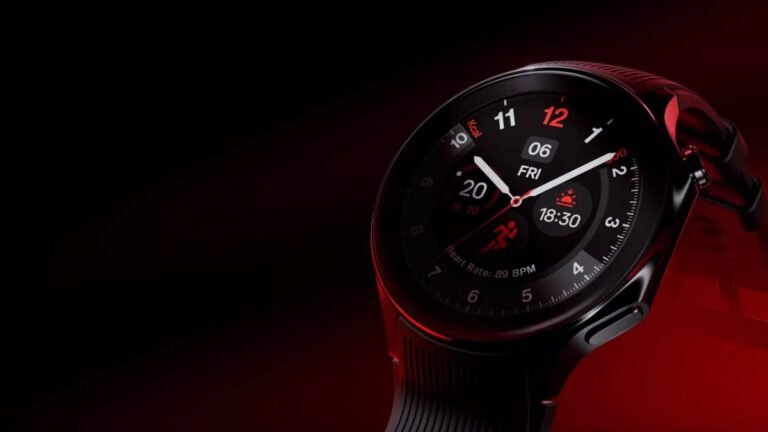It’s 2024. All smartwatches should offer days of battery life, period. As things stand now, there’s an incredibly wide range across all devices. I would go so far as to say that the limited battery was – and continues to be – the single biggest problem with the Apple Watch. The Series 9 is currently rated at 18 hours in standard mode and 36 in low power mode.
OnePlus’ upcoming Watch 2, meanwhile, promises an impressive 100 hours “in full smart mode.” That’s, of course, exactly the kind of claim that’s best taken with a grain of salt ahead of the wearable’s official unveiling next week at Mobile World Congress in Barcelona. I would take it a step further and tell interested parties to wait for the first reviews to come through.
According to a blog post, the company took a “three-year hiatus and a reflective pause after the OnePlus Watch 1.”
Battery is exactly what OnePlus should be leaning towards. The first-generation product promised up to two weeks of life thanks to a 3,402 mAh battery, or 25 hours with GPS turned off. Even then, it was the marquee feature on a watch that failed to impress. It’s not so much that it’s impossible to tell between Wear OS devices, but more that one has to go that extra mile — especially now that Google and Samsung are both building devices for the OS.
OnePlus has proven that it can still impress, even when it’s not the first to launch. This has been a theme in the early days of its smartphone releases, and the company proved itself with the OnePlus Open. I was among the reviewers who were actually surprised that I liked the product as much as I did. This isn’t anything specific to OnePlus, so much as a commentary on the state of consumer electronics.
Speaking of the early days, OnePlus says it “went back to the drawing board, driven by community feedback, to ensure the OnePlus Watch 2 delivers a great user experience.” Community feedback was the main differentiator when OnePlus first launched. However, it is difficult to maintain a direct line like this as companies grow. The smartphone maker has also since officially folded into Chinese hardware giant Oppo.
That said, it doesn’t take hours of direct conversations with users to know that battery life is paramount for smartwatches. These things are designed to be worn all day and night. That doesn’t leave much room for charging. Being able to wear a device for days without having to worry about such things makes for a much improved experience. It also gives a more complete picture of your fitness and sleep when you’re not charging the thing every other night.
Three years is a few lifetimes in the world of consumer electronics. The Watch 1 didn’t move the needle much in the smartwatch world. Perhaps tilting the battery life in a meaningful way will improve his chances for the second round. I’m not holding my breath in a category that’s currently topped by a few big names and monopolized by ultra-cheap devices at the other end. That said, anything that refocuses the importance of better battery life is probably a net positive for the category.
